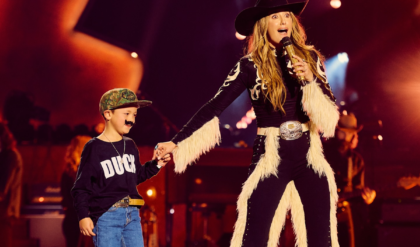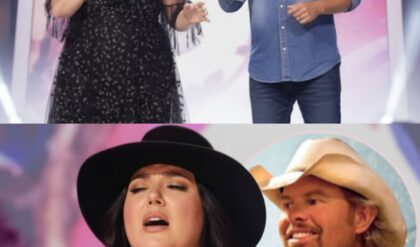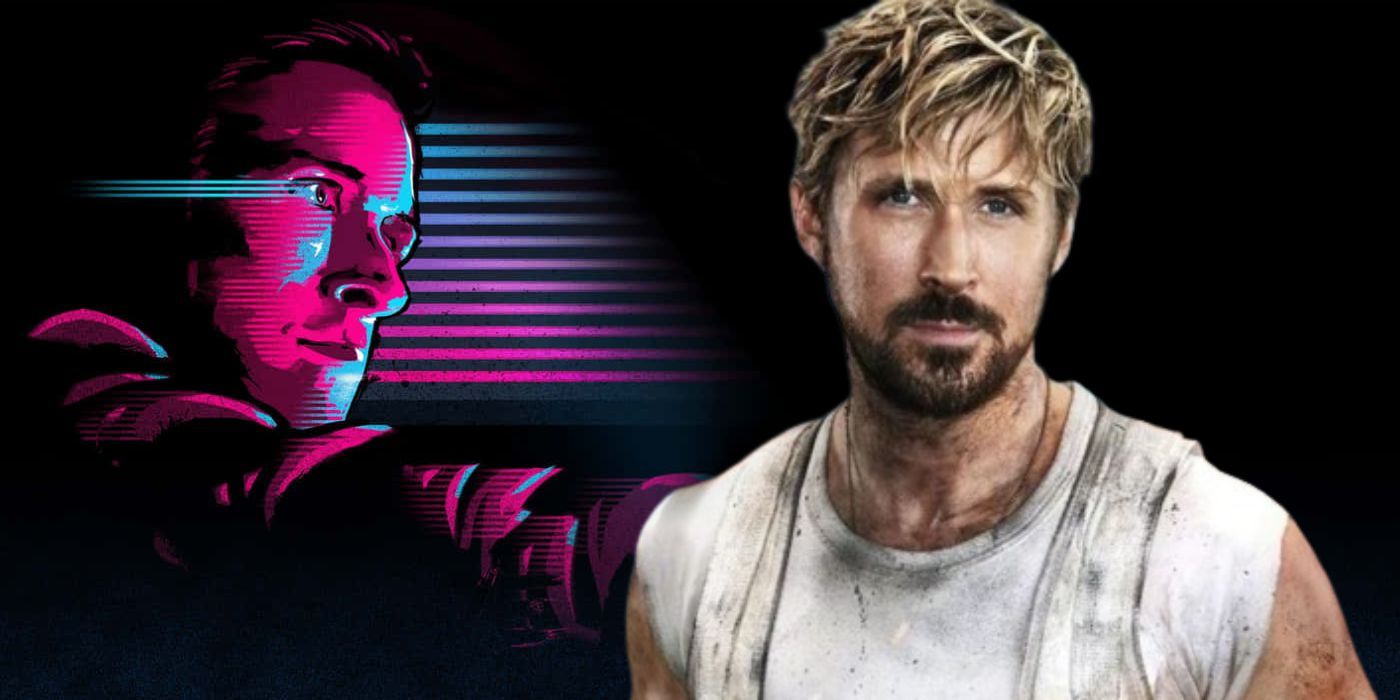
Even though David Leitch’s The Fall Guy was not exactly the box-office success that many were hoping it would have been, it still received plenty of well-deserved acclaim from critics, as well as audiences who actually did go out of their way to support it on the big screen. Since its release, there’s been ongoing consensus that the best part of the entire movie happens to be the performance delivered by its main star, Ryan Gosling. Over the last decade or so, Gosling’s career has skyrocketed far beyond the trajectory it was once on. He’s shown his talents throughout numerous other genres, earning three Academy Award nominations in the process, and has proved that he’s more than just a leading man in romance and independent films. The impressive amount of variety that has amassed in his filmography, however, more than likely wouldn’t have been possible if it weren’t for his role in the 2011 thriller, Drive.
Directed by Nicolas Winding Refn, Drive is a film that comes along only every few years, one that is crafted so meticulously and with so much passion behind every aspect of production, that it has every right to be called a masterpiece. Unfortunately, despite its box-office success and acclaim from critics, there was an unexpectedly large number of audience members who didn’t feel the same way. In the years since its initial release, it’s gained somewhat of a cult following and has often been regarded as one of the best films of Gosling’s entire career.
Drive Is Not Exactly a Moviegoer’s Average Action Film
Ryan Gosling’s Best Films
Role
Rotten Tomatoes Score
Drive (2011)
Driver
93%
La La Land (2016)
Sebastian
91%
The Nice Guys (2016)
Holland March
91%
Similarly to The Fall Guy, Ryan Gosling also plays a film set stuntman in Drive; but unlike Colt Seavors, he isn’t a normal stuntman who is trying to escape being killed by ruthless criminals, because he happens to be a criminal as well. Gosling’s character, known as “Driver” (his real name is never mentioned) moonlights as a getaway driver for thieves and robbers, and given his daytime professions of stunt work and mechanics, he is quite good at what he does behind the wheel. It’s a lonely and dangerous life, one that he hopes to eventually leave after falling in love with his neighbor, Irene. Things take a turn, however, when Irene’s husband is released from prison, and Driver agrees to take on a job with him to cover his unpaid debts. When the job turns out to be a botched heist that endangers the lives of everyone close to him, Driver reluctantly must unleash his inner demons to protect them at all costs.
Of course, Gosling is incredibly effective in the role of Driver, mostly just using his presence and actions alone to define his character without much dialogue. There are other standout performances from its cast worth mentioning as well, including Carey Mulligan, Ron Perlman, Bryan Cranston, Oscar Isaac, and Christina Hendricks. Even Albert Brooks, best known for his comedic work, gives an unforgettably menacing performance as its main villain, Bernie. Drive is a movie where every frame is a painting and nothing is wasted in its story. Compared to most action or thriller films, it makes some rather unconventional choices, but if anything, those choices only elevate the film more than it would have if it had gone a more traditional route.
In the film’s opening car chase, for example, the camera never leaves or cuts away from the interior of the car. These kinds of choices make the rest of the film’s action-oriented scenes far more intense, making the audience feel as if they are trapped within those scenarios. The film also takes more of a slow-burn pace in the way it tells its story, but this only makes the unexpected moments of violence all the more shocking when they finally do occur. That more artistic, slow-burn approach was undoubtedly the best way to go about making the film, as it not only elevated the story from the simplicity of its premise but added even more thematic layers to appreciate as well. Unfortunately, however, this more artsy film-making style didn’t quite connect with the average ticket-buyer when the film first premiered.
Most Audiences Didn’t Appreciate Drive When It First Released
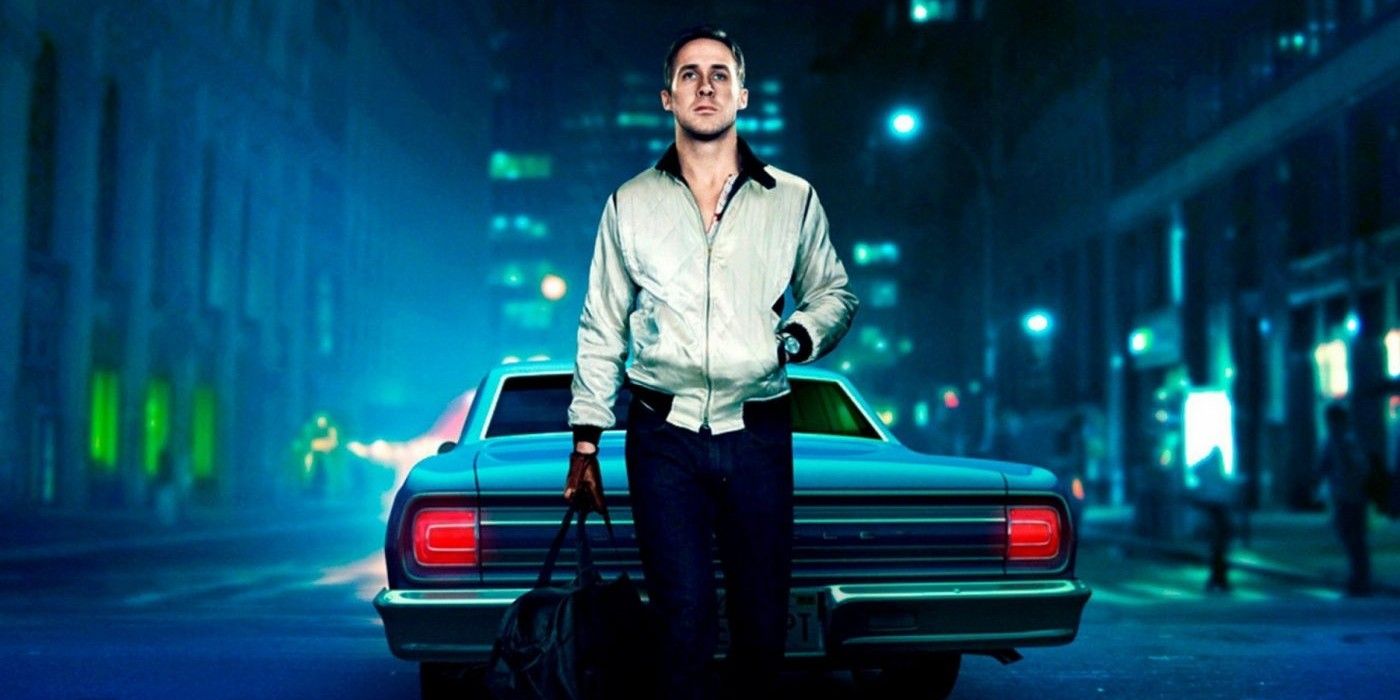
Best Nicolas Winding Refn Films
Credit
IMDb Rating
Drive (2011)
Director
7.8
Pusher (1996)
Director & Writer
7.3
Pusher II (2004)
Director, Writer, & Producer
7.3
From the tension within its story to the gorgeousness of its cinematography, in many ways, Drive was and still is a cinephile’s dream come true. While it was universally praised by critics and film buffs, the average movie-going audience didn’t take too kindly to it at first. With its Rotten Tomatoes audience score sitting at 79 percent, as opposed to the critic’s score of 93 percent, many people were seemingly wanting something different from its premise. Several complaints were made online, claiming that the film was either too slow or too boring with not enough action sequences or car chases. Many were also put off by the film’s violence as well, with some claiming it was unnecessarily excessive, while others found it incredibly off-putting to see the star of The Notebook partake in those kinds of sequences.
The complaints got so out of hand to the point that a woman in Michigan actually filed a lawsuit against the studio (via The Guardian), claiming that the trailer was “misleading”. With so many people going into Drive expecting something similar to the Fast & Furious franchise, it could certainly be argued that the marketing didn’t quite do the film justice. It’s more than likely, however, that had its action and chase scenes been more stylized like most other action films, the film itself wouldn’t have stood out as much as it did, and more than likely not have the legacy it has today. It’s one of those movies that truly separates the legitimate film lover from those who enjoy movies for the sake of pure entertainment. Sure, it may not be everyone’s cup of tea, but there’s no denying just how well-made Drive is on both a technical and thematic level.
How Drive Changed the Trajectory of Ryan Gosling’s Career
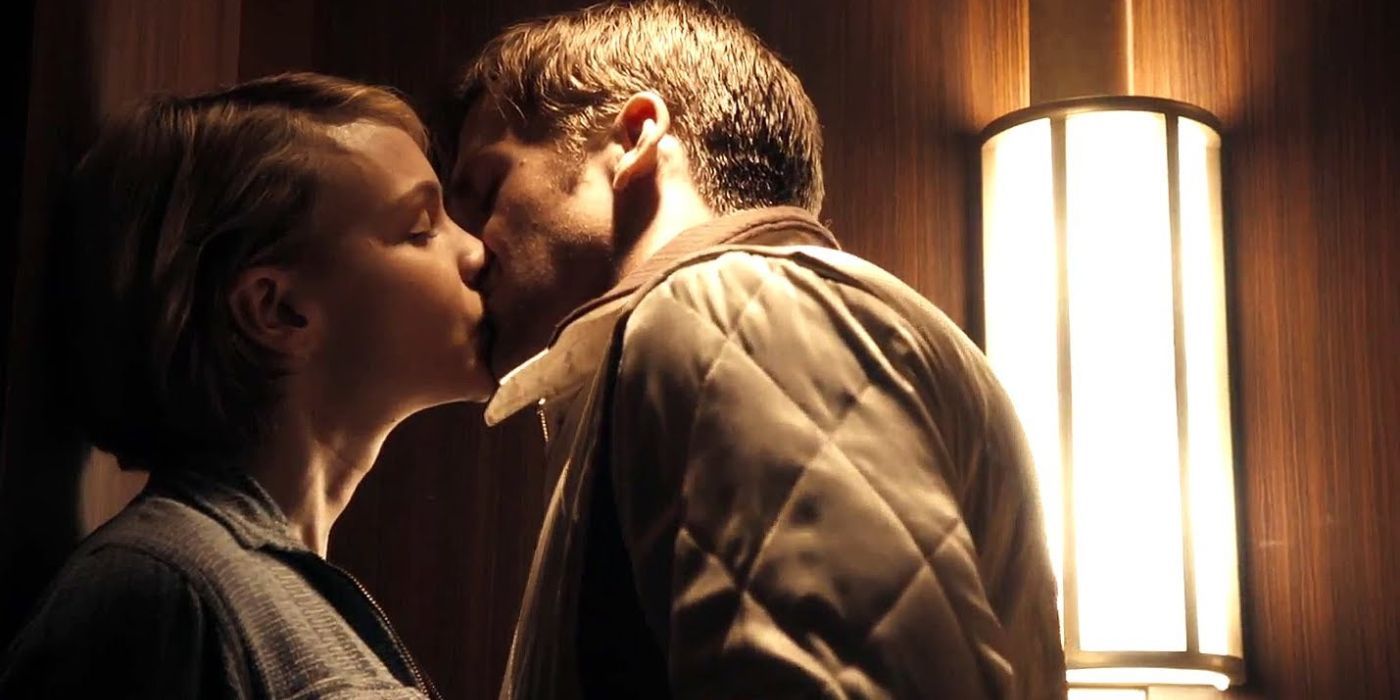
Drive is now available to rent on Prime Video.
Drive could be credited for helping to introduce the talents of then-relatively unknown people like Carey Mulligan and Oscar Isaac, but the impact that it had on Ryan Gosling’s career is undeniably greater. Throughout the majority of the 2000s, Gosling had built somewhat of a reputation as a romantic leading man, mostly due to his breakout performance in The Notebook. Every so often, however, there comes a film that changes the public’s perspective and completely alters the course of an actor’s career. Gosling may have already been a star at the time, but his role as Driver proved that he had a much wider range as an actor and was entirely capable of playing far more intense characters. Since the release of Drive, Gosling’s career has touched practically every genre imaginable.
Films like The Nice Guys and Barbie (the latter of which earned him his third Oscar nomination) have allowed him to show his more comedic sensibilities. He’s also been given chances to display his musical talents, such as in the musical La La Land (earning him his second nomination). He’s even taken part in the sci-fi genre with the legacy sequel Blade Runner 2049 as K, a character who, oddly enough, shares several similarities to Driver. While it’s true that The Fall Guy wasn’t the financial success that everyone was hoping for, it did give Gosling the chance to have a good time in an action comedy, and with a role he might not have landed had it not been for the domino effect of his career that Drive set off.




